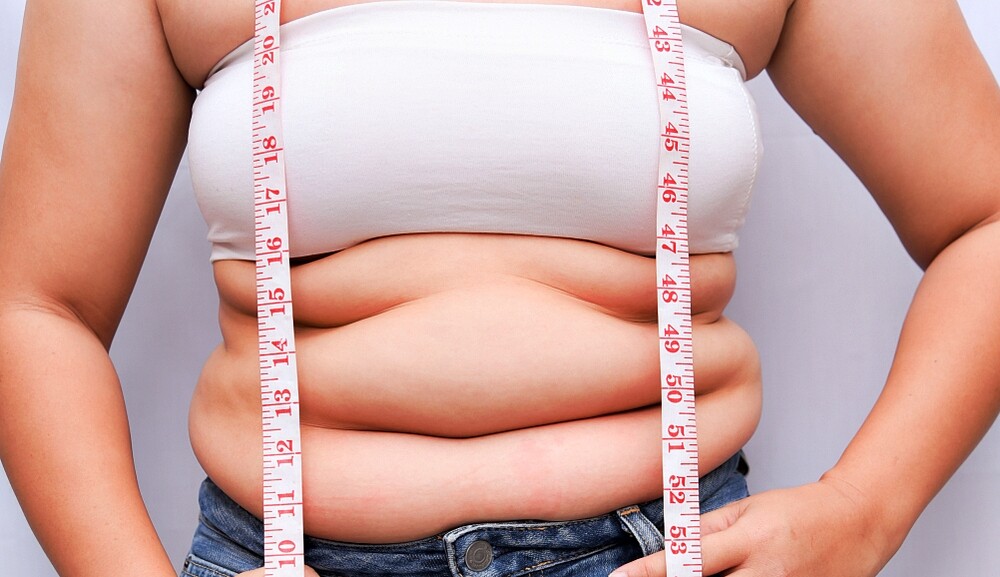The Anabolic Diet is especially popular with bodybuilders. But why it could be interesting for many women, you can find out here.
Anabolic Diet: Introduction
- Diets are a dime a dozen and maybe you too are slowly losing your bearings. You have probably heard of the ketogenic diet, which is a form of low-carb diet that is widely used.
- The Anabolic Diet is a special variation of the ketogenic diet and is divided into different phases. It is often used by bodybuilders, because it is supposed to burn fat and at the same time at least maintain the muscles. How this looks like in practice, you will learn now.
Anabolic Diet: Basics
- The Anabolic Diet is based on the principles of a low-carb diet, i.e. carbohydrates must be saved, as they can be quickly stored as body fat in case of excess.
- As macronutrients, therefore, mainly protein and fat are consumed, so that insulin is kept within limits. Unlike other diets, such as the Atkins diet, the Anabolic diet does not function as a strict low-carb diet, but also includes a phase where the consumption of carbohydrates is allowed.
- The aim of the diet is to boost fat burning while maintaining or even building muscle mass. This form of nutrition was developed by the Canadian Mauro Di Pasquales in the 80s.
Anabolic Diet: Phase 1
- The first phase is based on the keto diet and eliminates carbohydrates from the diet to an absolute minimum (5%). At 60 percent, most food consists of fat and 35 percent of the diet is served as protein.
- It is important that you achieve a negative calorie balance during this phase, i.e. you consume fewer calories than you burn during the day. The phase lasts about 6 days, the body changes its metabolism and reduces fat deposits (ketosis), insulin is hardly ever released.
Anabolic Diet: Phase 2
- The second phase gives your body a short break from the carbohydrate drain. You can now cover about 50-60 percent of your diet with carbohydrates, because the rest is divided between fat (30-40%) and protein (10-20%).
- The carbohydrates give you energy and stimulate the metabolism again. After two days you switch back to the first phase so that not too much insulin is released and your body switches back to the fat burning mode.
- You can adjust this phase individually, depending on your stamina and success. Phase 2, however, should not last longer than two days, and you should focus on long-chain carbohydrates in the form of rice, potatoes and oatmeal.
- You can switch between the phases as often as you like and decide for yourself how long you want to follow the diet.
Anabolic Diet: Advantages
- Body draws on fat reserves in the ketogenic phase 1
- In phase 2 the body stores the carbohydrates for storage in the muscles (better strength endurance performance possible)
- By changing the phases your body is supplied with all nutrients and a balanced diet can be implemented overall
- Compared to pure low-carb diets easier to keep up and more energy for everyday life
- Keep blood sugar level stable
Anabolic Diet: Disadvantages
- Not recommended for diabetics or persons with metabolic diseases
- Ketogenic phase can increase fatigue and you lack energy
- If many high-fat foods are consumed, digestive problems may occur
- Too many carbohydrates or not maintaining a calorie deficit in the first phase can easily endanger success

